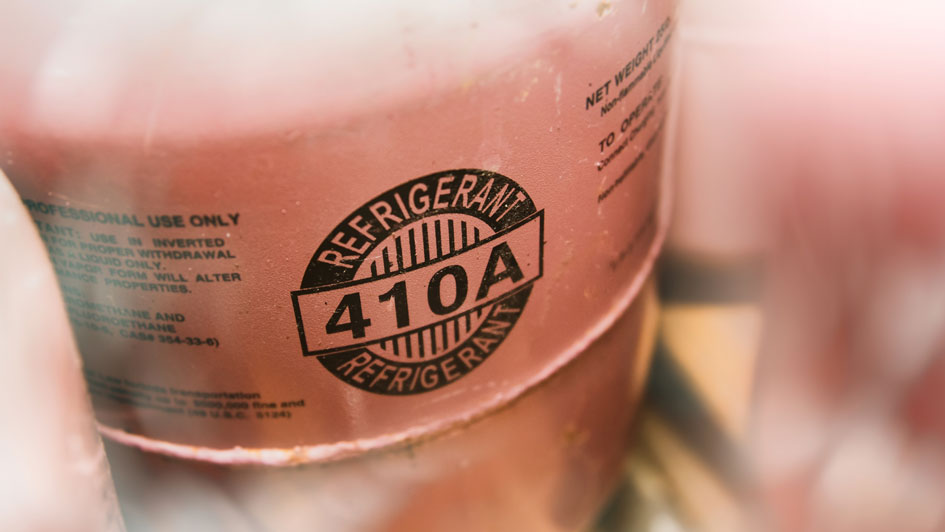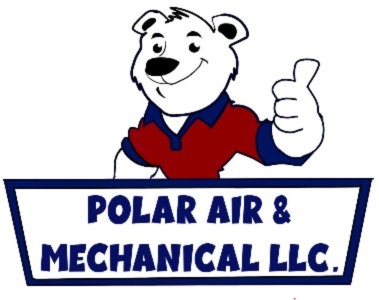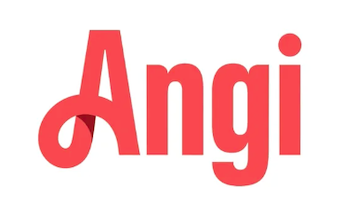
Significant changes are on the horizon for the heating and cooling industry! Cooling systems shifting from R-410a to newer refrigerants like R-454B refrigerant and R-32 refrigerant will be coming in 2025. These new coolants are engineered to be more beneficial to the environment and meet revised regulations about global warming. But what does that mean for your present HVAC system and any new services?
This transition will reduce the environmental impact of our air conditioning systems. Beginning in 2025, new AC systems will employ a a different class of refrigerants that more closely match with climate goals. If you're considering getting an AC replacement soon, this is the opportune time to learn more about how these changes can impact your home's comfort.
Why Is R-410a Refrigerant Being Phased Out by New Regulations?
For a long time, R-410a was the standard refrigerant for residential air conditioners because of its efficiency. But research revealed that R-410a still affects global warming. In response, the Environmental Protection Agency (EPA) enacted a strategy back in 2021. The industry will gradually eliminate R-410a to replace it with refrigerants that are better for the environment.
The HVAC industry has undergone shifts like this before. When the industry moved away from using R-22 (commonly called Freon) to R-410a, property owners like you had to adjust. And similarly, this transition will influence how systems are constructed as well as the recommended procedures for HVAC maintenance. Both homeowners and HVAC technicians should prepare for these new refrigerants if they wish to continue enjoying the most reliable, most energy-efficient cooling possible.
New HVAC Refrigerants Replacing R-410a?
The coming refrigerants fall under the new "A2L" classification and encompass the newest R-454B refrigerant and R-32 refrigerant coolants. They're created to provide the same effective cooling while substantially decreasing their global warming potential (GWP) compared to R-410a.
R-454B refrigerant is believed to be particularly effective due to its GWP being approximately 78% less than R-410a. While R-454B refrigerant is actually more flammable than R-410a, improvements to system manufacturing and maintenance practices will ensure servicing is just as safe to perform. Additionally, contemporary cooling systems using R-454B refrigerant are considerably more energy efficient, leading to substantial savings on energy bills over time, especially if you keep up with routine HVAC maintenance.
This change isn't only about substituting the refrigerant—it affects the whole HVAC system because the components of R-454B refrigerant make it not suitable for use in older systems. Ultimately, every home and business using R-410a will need to upgrade to one of the new systems.
R-410a Replacement: How Can I Prepare to Change to New HVAC Refrigerants?
Changing to the new refrigerants will not be as easy as substituting what's used in your current HVAC system. That's because the unique properties of R-454B refrigerant and R-32 refrigerant make existing R-410a systems incompatible. But don't worry—you can still use your current R-410a system for now. Just remember that as time passes, the cost of repairs and tune-ups will increase as R-410a becomes less available.
Planning ahead is the optimal way to stay on top of things. If your AC system is already nearing the end of its lifespan, this is the perfect time to consider investing in a newer model that uses the new R-454B refrigerant. Plus, the team here at Polar Air & Mechanical can assist you in upgrading with flexible options for HVAC replacement financing.
What HVAC Refrigerant Does My Air Conditioner Use?
Unsure which refrigerant your AC system uses? In general, you can easily find this information by inspecting the label on your outdoor unit. This label displays the type of refrigerant, the model number and numerous other details about your cooling system.
But if you can't read the label or are missing your user manual, don't worry! You can always call one of the professional technicians at Polar Air & Mechanical to help you in identifying the refrigerant. Get all the details you need by contacting us at 843-484-3783.


